Constitution Day
The United States Constitution is arguably the most important legislative document ever written. It has shaped not only America, but also influenced many other democracies around the world.
It was created because of disappointment with the existing Articles of Confederation which did not provide enough authority for the Federal government to effectively govern the country. Consequently, the Confederation Congress called for a meeting of state delegates to meet and address these issues.
Howard Chandler Christy. “Signing of the Constitution.” Architect of the Capitol.
The assemblage, which convened in Philadelphia on May 25, 1787, was a diverse group of men from different walks of life with various ideas and goals. While most were wealthy, that was not universally the case. There were merchants, lawyers, and plantation owners. Some owned slaves, but most did not. Importantly, they all wanted the same thing, a better nation.
It was quickly agreed by the delegates that rather than fix the existing Articles, they should draft an entirely new document by which to govern the country. They understood what they were attempting to do would not be easy.
As James Madison stated in Federalist 51, “if men were angels, no government would be necessary” and if the government were run by angels “neither external nor internal controls would be necessary. In framing a government that is to be administered by men over men, the great difficulty lies in this: you must first enable the government to control the governed; and in the next place oblige it to control itself.”
After much debate and many well considered compromises, our Constitution was approved and signed by 39 men on September 17, 1787.
What they created was the first of its kind, and, given the state of the world and governmental systems in the 18th century, nothing short of miraculous.
The document, a concise 4,400 words, is made up of seven sections called Articles and consists of two basic parts.
First is the “Checks and Balances” section which creates Congress (Article I), the President (Article II), and the Courts (Article III). Most importantly, its framework ensures all three departments check and balance the power of the others. It is brilliant in its simplicity.
Second is the “How To” section which explains: HOW States will interact with each other and the Federal government (Article IV); HOW to pass an Amendment (Article V); HOW conflicts between Federal and State laws will be resolved (Article VI); and HOW to ratify the Constitution (Article VII).
So why should the Constitution matter to us today? Simply put, we would not have the America we know and love were it not for our Constitution. Our ability to worship as we please or speak out against policies with which we do not agree or choose our own representatives all stems from the visionary ideas our Founders put forth in the Constitution.
These blessings and many more enjoyed by all Americans flow from that document. As Americans, we must be forever thankful for the blessings, present and future, large and small, seen and unseen, bestowed on us by our Constitution. It deserves that much.
Until next time, may your motto be “Ducit Amor Patriae”, Love of country leads me.
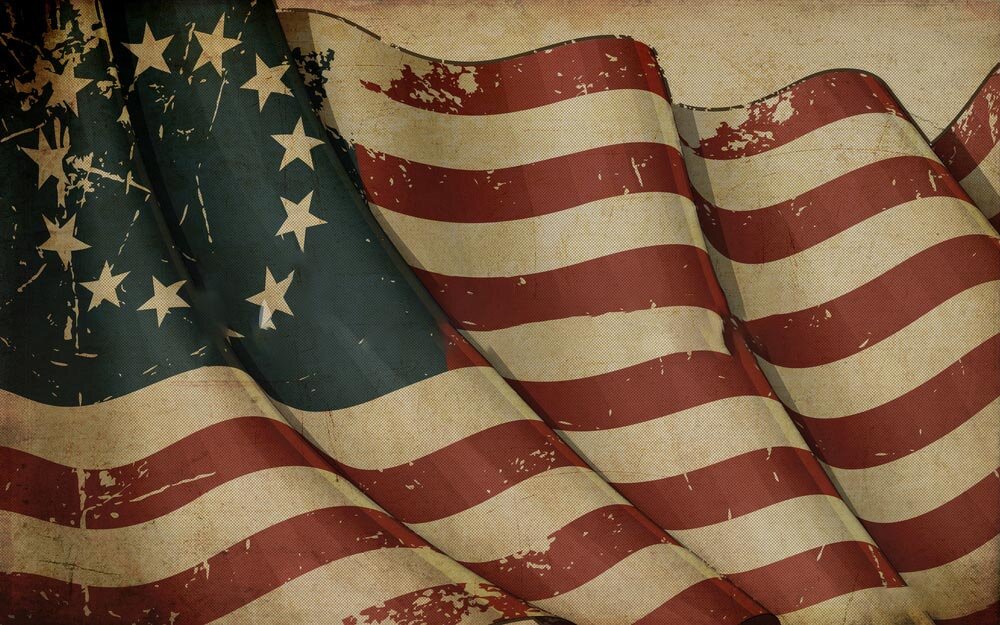

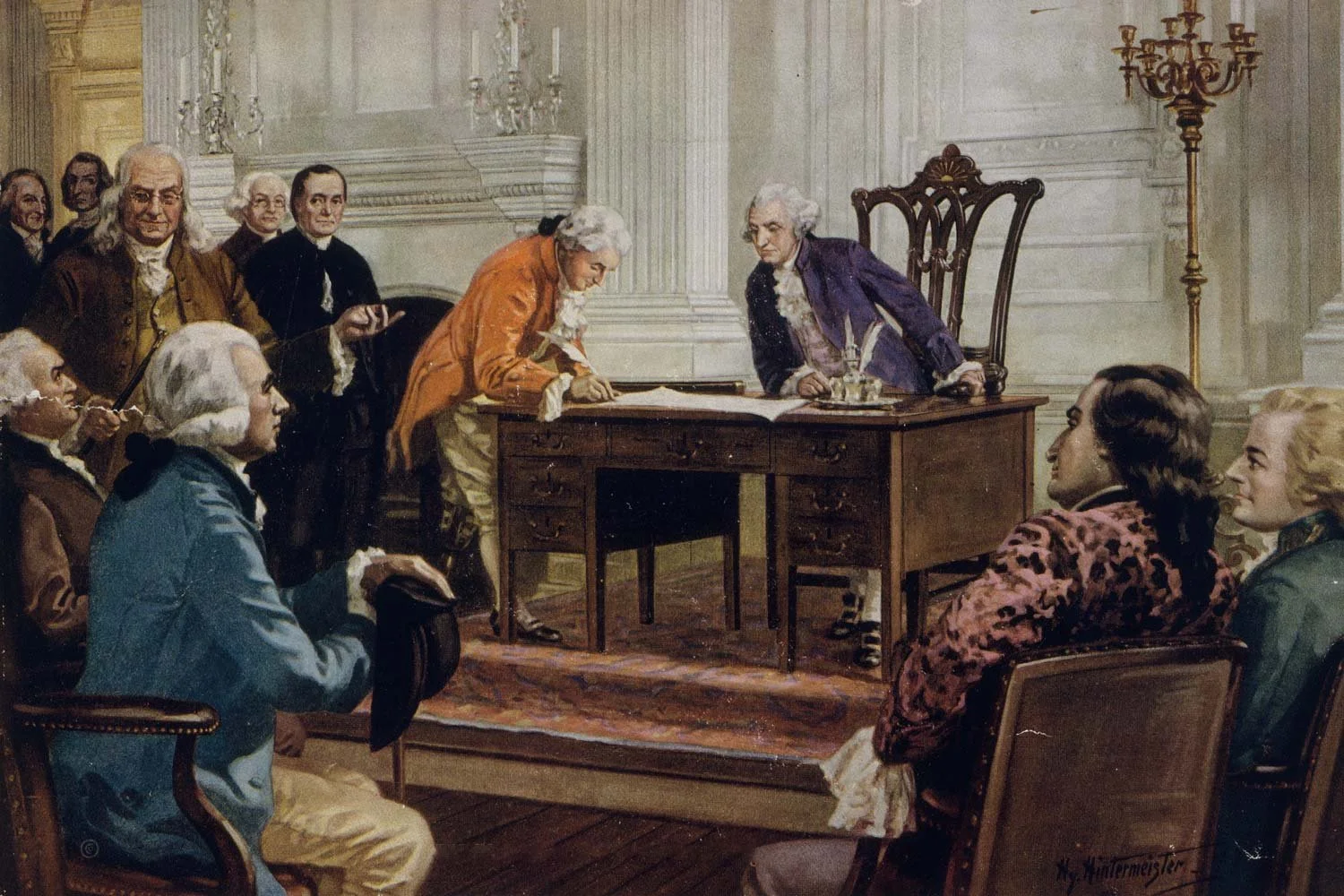
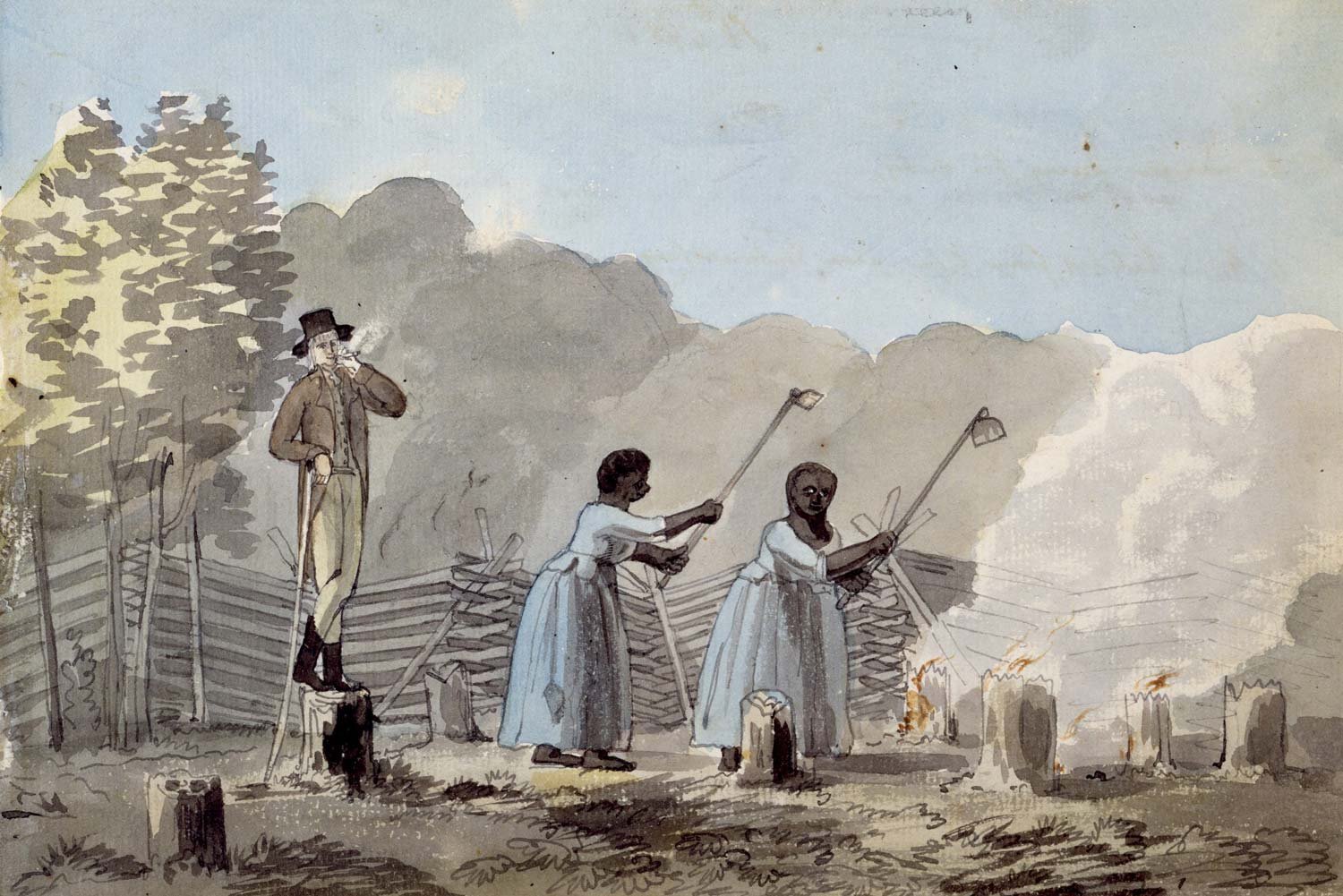
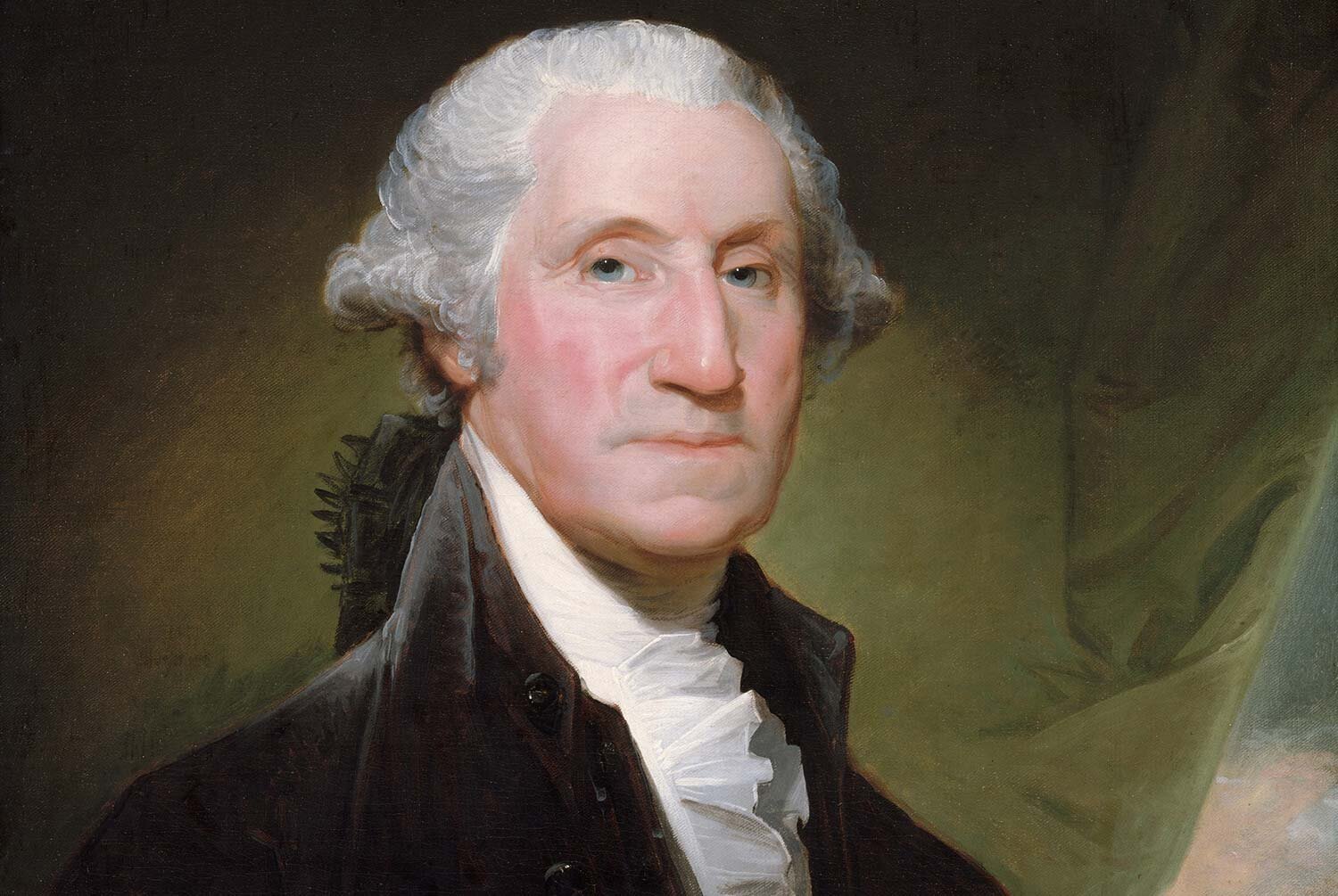



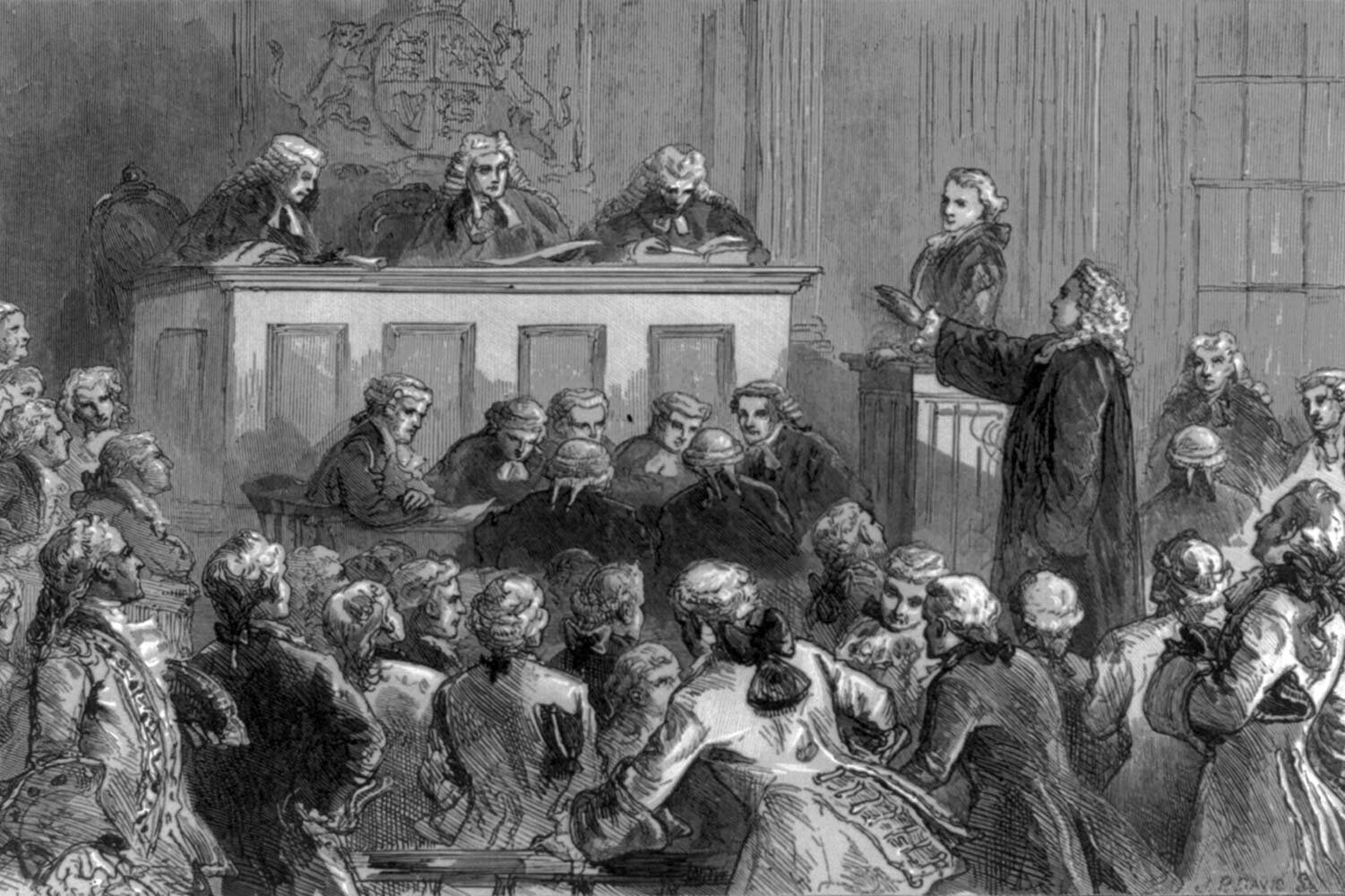



The opening phrase of the preamble, “We the People,” spoke volumes regarding upon whose authority the Constitution rested and suggested the unanimity of country and purpose that this new Constitution would create. It was written by Gouverneur Morris, a delegate from New York, and his eloquent words speak for themselves.